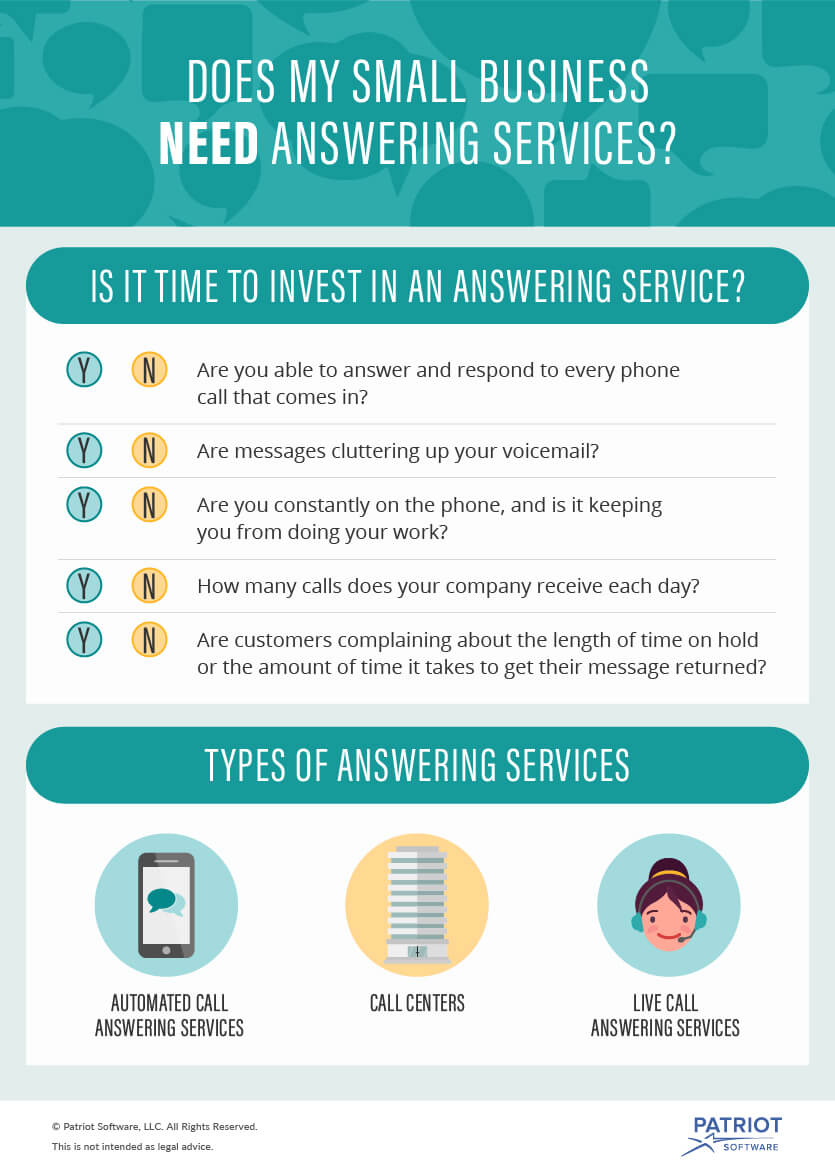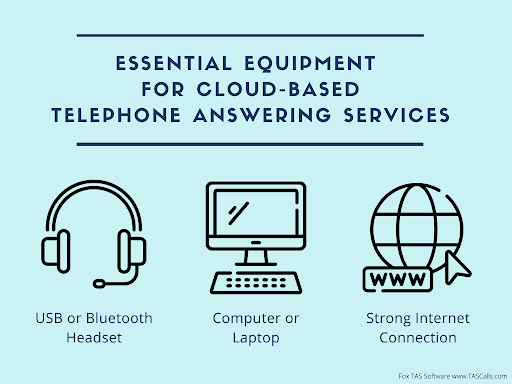All Categories
Featured
Table of Contents
- – Best What Is An Answering Service? The Ultimate...
- – What Is The Best How Much Do Answering Service...
- – Where Is The Best Answering Services Deal
- – What Is The Best Telephone Answering Service ...
- – What Is The Best Answering Services On The Ma...
- – Best Answering Service Jobs In All Australia...
Best What Is An Answering Service? The Ultimate Guide - Cms To Buy
This gadget and its successors were developed by Sava Jacobson, an electrical engineer with a private consulting organization. While early answering machines utilized magnetic tape technology, many modern-day equipment utilizes strong state memory storage; some gadgets utilize a combination of both, with a solid-state circuit for the outgoing message and a cassette for the inbound messages.
"toll saving" below) (reception services). This works if the owner is screening calls and does not want to speak to all callers. In any case after going, the calling celebration ought to be notified about the call having actually been addressed (in many cases this begins the charging), either by some remark of the operator, or by some welcoming message of the TAD, or resolved to non-human callers (e.
This holds especially for the TADs with digitally saved welcoming messages or for earlier machines (prior to the increase of microcassettes) with an unique limitless loop tape, separate from a second cassette, dedicated to recording. There have actually been answer-only devices without any recording abilities, where the welcoming message needed to inform callers of a state of present unattainability, or e (answer phone service).
What Is The Best How Much Do Answering Services Cost? Local Business Tips ... And Why

about availability hours. In recording Little bits the welcoming typically includes an invite to leave a message "after the beep". A voice mail that utilizes a microcassette to record messages On a dual-cassette answerphone, there is an outgoing cassette, which after the specified variety of rings plays a pre-recorded message to the caller.

Single-cassette voice mail contain the outgoing message at the beginning of the tape and inbound messages on the staying space. They initially play the statement, then fast-forward to the next readily available space for recording, then record the caller's message. If there are numerous previous messages, fast-forwarding through them can cause a considerable delay.
This beep is often described in the welcoming message, requesting that the caller leave a message "after the beep". Littles with digital storage for the taped messages do disappoint this delay, obviously. A little may provide a push-button control center, whereby the answerphone owner can ring the home number and, by going into a code on the remote telephone's keypad, can listen to recorded messages, or delete them, even when away from house.
Where Is The Best Answering Services Deal

Thereby the device increases the number of rings after which it addresses the call (generally by 2, resulting in 4 rings), if no unread messages are presently kept, however answers after the set variety of rings (usually two) if there are unread messages. This allows the owner to discover out whether there are messages waiting; if there are none, the owner can hang up the phone on the, e.
Some machines also allow themselves to be from another location activated, if they have been switched off, by calling and letting the phone ring a particular big number of times (usually 10-15). Some service suppliers desert calls already after a smaller variety of rings, making remote activation difficult. In the early days of Little bits a special transmitter for DTMF tones (dual-tone multi-frequency signalling) was regionally required for remote control, considering that the formerly used pulse dialling is not apt to communicate proper signalling along an active connection, and the dual-tone multi-frequency signalling was carried out stepwise.
Any inbound call is not recognizable with regard to these properties in advance of going "off hook" by the terminal devices. So after going off hook the calls need to be changed to suitable gadgets and just the voice-type is immediately available to a human, but maybe, however should be routed to a TAD (e.
What Is The Best Telephone Answering Service Melbourne Cbd Australia In The World Right Now
What if I informed you that you do not need to really select up your device when addressing a client call? Somebody else will. So convenient, best? Addressing phone calls does not require somebody to be on the other end of the line. Effective automated phone systems can do the technique just as effectively as a live agent and often even better.
An automatic answering service or interactive voice response system is a phone system that interacts with callers without a live person on the line - virtual answering service. When companies use this innovation, consumers can get the response to a concern about your company simply by utilizing interactions established on a pre-programmed call circulation.
Although live operators update the client service experience, lots of calls do not require human interaction. A basic taped message or instructions on how a consumer can recover a piece of details typically fixes a caller's immediate requirement - call answering services. Automated answering services are a simple and efficient way to direct inbound calls to the best person.
What Is The Best Answering Services On The Market Now
Notice that when you call a company, either for assistance or item questions, the first thing you will hear is a pre-recorded voice greeting and a series of alternatives like press 1 for customer care, press 2 for queries, and so on. The pre-recorded choices branch out to other choices depending on the client's selection.
The phone tree system assists direct callers to the right individual or department utilizing the keypad on a smart phone. In some instances, callers can utilize their voices. It's worth keeping in mind that auto-attendant options aren't limited to the 10 numbers on a phone's keypad. Once the caller has actually picked their first choice, you can create a multi-level auto-attendant that uses sub-menus to direct the caller to the right sort of help.
The caller does not need to communicate with an individual if the auto-attendant phone system can handle their concern. The automatic service can path callers to a worker if they reach a "dead end" and need assistance from a live agent. It is costly to hire an operator or executive assistant.
Best Answering Service Jobs In All Australia Dealer Near Me
Automated answering services, on the other hand, are significantly less expensive and offer considerable expense savings at an average of $200-$420/month. Even if you don't have devoted personnel to handle call routing and management, an automatic answering service improves efficiency by permitting your team to focus on their strengths so they can more efficiently invest their time on the phone.
A sales lead routed to client service is a lost shot. If a consumer who has item concerns reaches the incorrect department or gets incomplete answers from well-meaning employees who are less trained to manage a specific kind of question, it can be a reason for aggravation and discontentment. An automated answering system can reduce the number of misrouted calls, thus assisting your employees make better usage of their phone time while maximizing time in their calendar for other jobs.
With Automated Answering Systems, you can produce an individualized experience for both your personnel and your callers. Make a recording of your main greeting, and simply upgrade it frequently to show what is going on in your company. You can develop as lots of departments or menu options as you desire.
Table of Contents
- – Best What Is An Answering Service? The Ultimate...
- – What Is The Best How Much Do Answering Service...
- – Where Is The Best Answering Services Deal
- – What Is The Best Telephone Answering Service ...
- – What Is The Best Answering Services On The Ma...
- – Best Answering Service Jobs In All Australia...
Latest Posts
Cutting-Edge Out Of Hours Answering Service
Next-Level Remote Reception Service with Innovative Design
High-Growth Virtual Secretary for Expanding Businesses
More
Latest Posts
Cutting-Edge Out Of Hours Answering Service
Next-Level Remote Reception Service with Innovative Design
High-Growth Virtual Secretary for Expanding Businesses